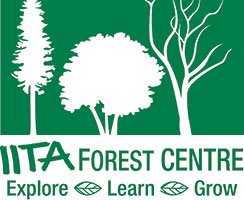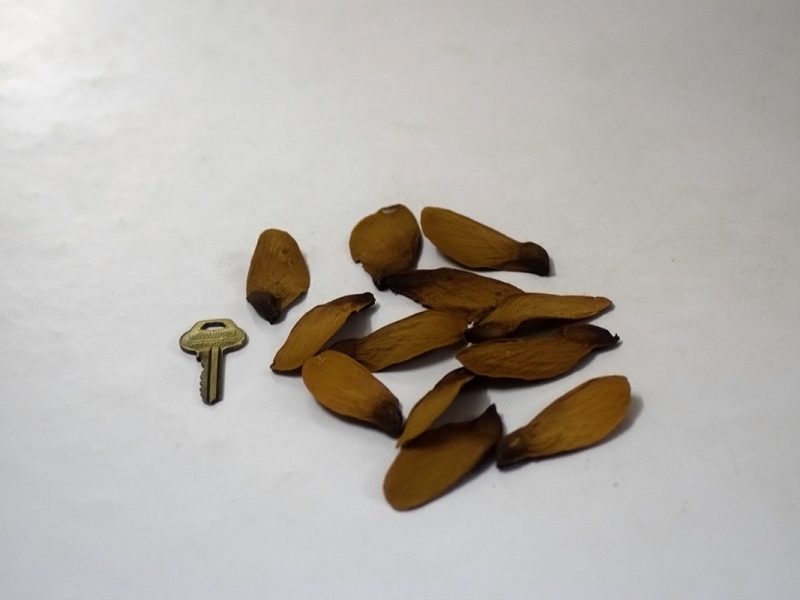HOW TO GROW INDIGENOUS TREES FOR REFORESTATION, LANDSCAPING, PLEASURE AND PROFIT
Editorial team: Deni Bown, Margrett Jacob, Olukunle Olasupo, Olufemi Olubodun, Taiwo Bankole and Adewale G. Awoyemi| Photography: Deni Bown, Olufemi Olubodun and Ademola Ajayi.| Searchable……Downloadable……Free, subject to Creative Commons Licensing.|
The problem…. Nigeria has one of the highest rates of deforestation in the world and forest cover is now down to 4%. As a result of forest clearance, illegal logging and habitat degradation, many tree species are in rapid decline. This has a serious impact on biodiversity and ecosystem services, and it represents a huge loss of resources for the people and economy of Nigeria. Since the dawn of time, indigenous trees have regenerated naturally. Now many of them need our help or they may soon be locally extinct.
The solution…. To address the crisis the IITA Forest Unit partnered with Botanic Gardens Conservation International/Global Trees Campaign on a project funded by the Mohammed bin Zayed Species Conservation Fund from November 2015 to May 2017 to prioritise and protect Nigeria’s most threatened trees. We collected seeds, tested different methods of propagation, and organised a workshop to raise awareness and encourage interest in tree conservation. A list of 50 threatened trees was compiled, 35 of which are on the International Union for the Conservation of Nature Red List as Near Threatened NT, Vulnerable VU, Endangered EN, or Critically Endangered CR. With support from another donor, the A.P. Leventis Foundation we developed a Tree Heritage Park for the conservation of Nigerian trees (January 2015 – December 2017).
Additional funding for this important work was provided by the Direct Aid Program, Australian High Commission Abuja from January to December 2017 for establishing a centre of excellence and outreach for tree conservation and reforestation in Nigeria . This included compilation of the Manual and upload to a new website. A donation for work on the Manual was also received from the Stanley Smith Horticultural Trust.





